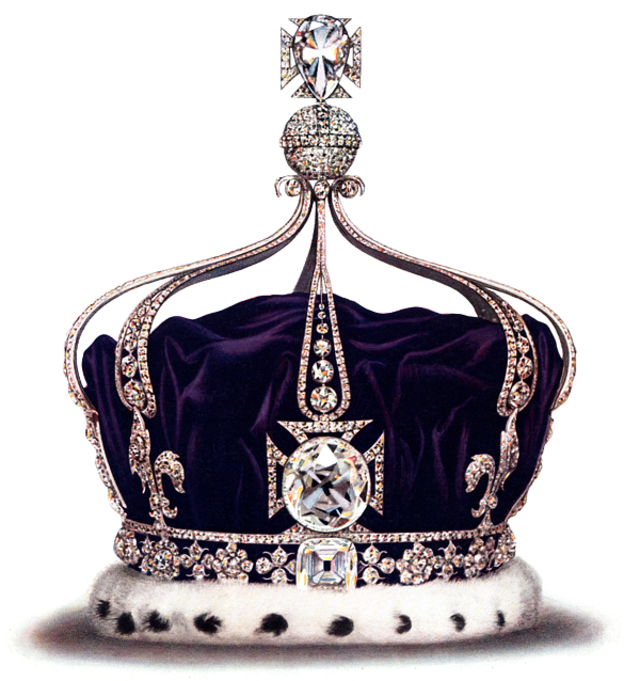According to The Telegraph, India is planning to ask for the repatriation of items from British Museums, in the largest campaign to date.
As per the report, India hopes to repatriate thousands of objects held in UK institutions, such as the British Museum and the Victoria & Albert Museum (V&A) in London, which were removed from India over the centuries. Items seized during British colonial rule, lasting from 1858 to 1947, will be a focus of the government campaign. The claim would be even larger than Greece’s demands for the Elgin Marbles, the report states.
India’s culture secretary could target thousands of objects, including the Koh-i-Noor, a 105.6-carat diamond that is now one of the UK’s crown jewels. Rulers in India held the diamond before the East India Company took it from Maharaja Ranjit Singh’s treasury and then presented it to Queen Victoria following the annexation of Punjab. The return of this diamond is a hotly debated topic, which has been in and out of public discourse for decades. Just last week at King Charles’ coronation, Queen Camilla decided to exclude the gem from the crown to avoid controversy. Some other artefacts that the Indian government might be considering are currently in the collections of the British Museum and the Victoria and Albert Museum, both in London and of the Ashmolean Museum in Oxford.
The Telegraph cited New Delhi officials and quoted Govind Mohan, secretary for the Indian Ministry of Culture, who said, “It is of huge importance to the government. The thrust of this effort to repatriate India’s artefacts comes from the personal commitment of prime minister Narendra Modi, who has made it a major priority.”
Days after the Telegraph report, however, multiple Indian outlets claimed otherwise. According to The Hindu, Telegraph’s report is “unfortunately misleading” and a “significant overstatement” in terms of how it portrays the [Indian] government and its approach to the UK. NDTV, also reports that “informed sources have denied reports in the British media that India has mobilised diplomatic resources to bring back the Kohinoor diamond and other artefacts including idols and sculptures from museums in Britain”.
Previous Conservative prime ministers and culture secretaries in the UK have rejected calls for the return of the artefacts. During a visit to India in 2013, David Cameron said he did not think the return of the Koh-i-noor was the “right approach”.
But this doesn’t mean we have lost all hope for repatriation. India has been in talks with the UK regarding the restitution of stolen artefacts for a few years now. India is also currently presiding over the G20 trade group and has put repatriating antiquities on the agenda. Last year, Glasgow Life Museums in Scotland became the first UK Museum to repatriate objects to India. The cultural body agreed to return seven stolen artefacts to India, including 14th Century carvings and a ceremonial sword or tulwar, with its scabbard — which the Nizam of Hyderabad’s prime minister stole from his collection in 1905.
The Guardian interviewed Sathnam Sanghera, a leading journalist on the British Empire who was optimistic that the Koh-i-Noor diamond would eventually make its way back to India. Calls for repatriation have echoed in many of Britain’s former colonies, with Nigeria seeking the Benin Bronzes and Iran claiming the Cyrus Cylinder. Last year, museum officials in Sudan called for the return of Sudanese artefacts which the UK stole after the battle of Omdurman, during the colonial military campaign of 1896-8.




